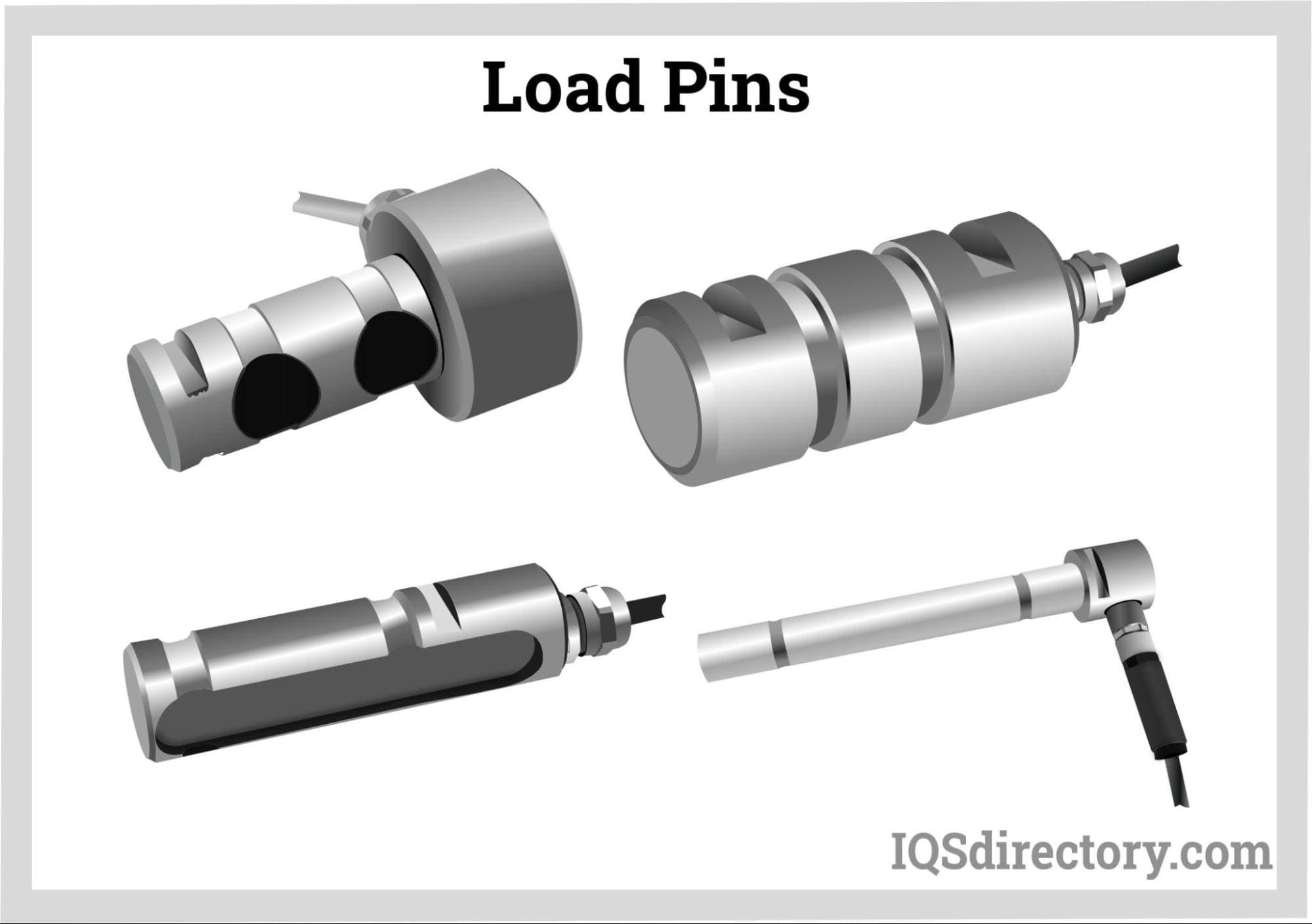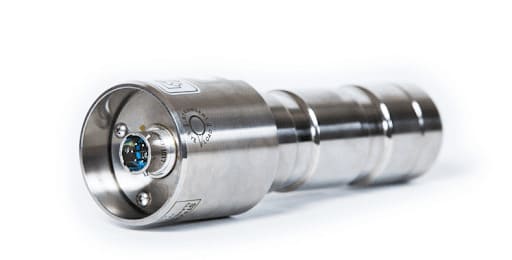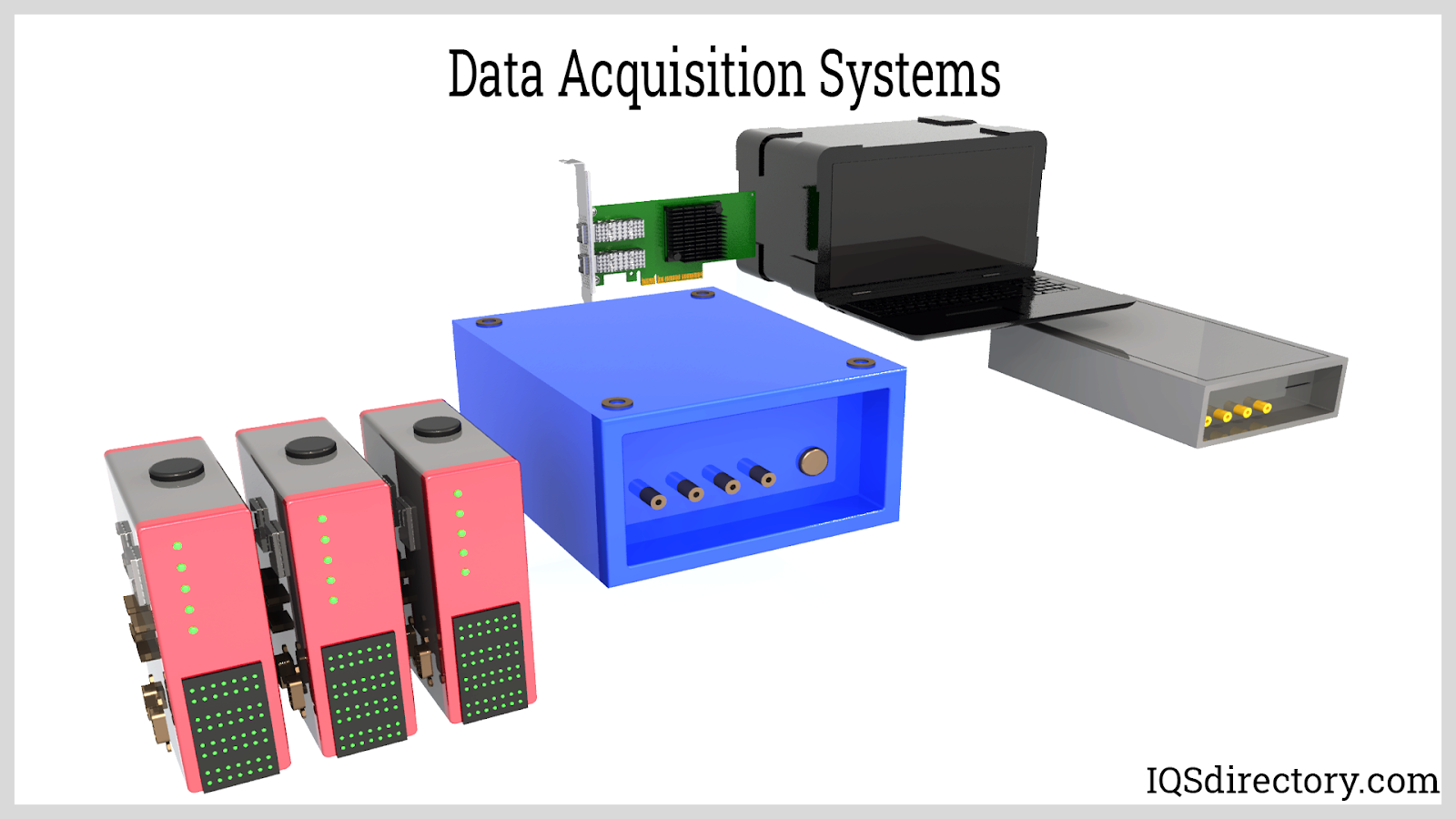Force Sensors

Force sensors are transducers that transform mechanical input forces like weight, tension, compression, torque, strain, stress, or pressure into an electrical output signal whose value can be used to...
Load Cells

A load cell is a transducer which converts mechanical energy (tensile and compressive forces) into electrical signals. There are different transducer operating principles that can be utilized to convert forces...
Load Pins

A shaft instrumented with a Wheatstone bridge for detecting double shear deformation is a load pin, also known as a "Clevis pin" or a "dynamometric axle," or a particular type of weight sensor for overhead equipment...
Strain Gauge

A strain gauge is a sensor for measuring variations in resistance when a force is applied, then converting those changes in electrical resistance into measurements. Strain gauges are made from long, thin pieces of ...
Types of Load Cells

Load cells measure weight in the inner workings of a mechanism. They have a spring, made of steel or aluminum, with a strain gauge. The spring is very sturdy but minimally elastic and responds to every load regardless ...
Uses and Advantages of Load Pins

A load pin is a sensor utilized to measure force or weight in various research, control, measurement and testing applications. The load pin force sensor converts a force into an electrical signal. The load pins provide...
Platform Scales

A platform scale is a scale that measures the weight of objects loaded on a flat platform. The function of the platform is to transmit the weight of the object to the internal measuring device and to support the object during weighing...
Data Acquisition Systems

A data acquisition system is a system that comprises sensors, measurement devices, and a computer. A data acquisition system is used for processing acquired data, which involves collecting the information...
Calibration Services

A calibration service is a service aimed at detecting the inaccuracy and uncertainty of a measuring instrument or piece of equipment. In calibration, the device under test (DUT) is compared to a reference of known value to determine the deviation of the measurement from the true value...















 Calibration Services
Calibration Services Clean Rooms
Clean Rooms Data Acquisition Systems
Data Acquisition Systems Dynamometers
Dynamometers Environmental Test Chamber
Environmental Test Chamber Leak Detectors
Leak Detectors Load Cells
Load Cells Machine Vision Systems
Machine Vision Systems Scales
Scales Thermocouples
Thermocouples Castings & Forgings
Castings & Forgings Bulk Material Handling
Bulk Material Handling Electrical & Electronic Components
Electrical & Electronic Components Flow Instrumentation
Flow Instrumentation Hardware
Hardware Material Handling Equipment
Material Handling Equipment Metal Cutting Services
Metal Cutting Services Metal Forming Services
Metal Forming Services Metal Suppliers
Metal Suppliers Motion Control Products
Motion Control Products Plant & Facility Equipment
Plant & Facility Equipment Plant & Facility Supplies
Plant & Facility Supplies Plastic Molding Processes
Plastic Molding Processes Pumps & Valves
Pumps & Valves Recycling Equipment
Recycling Equipment Rubber Products & Services
Rubber Products & Services